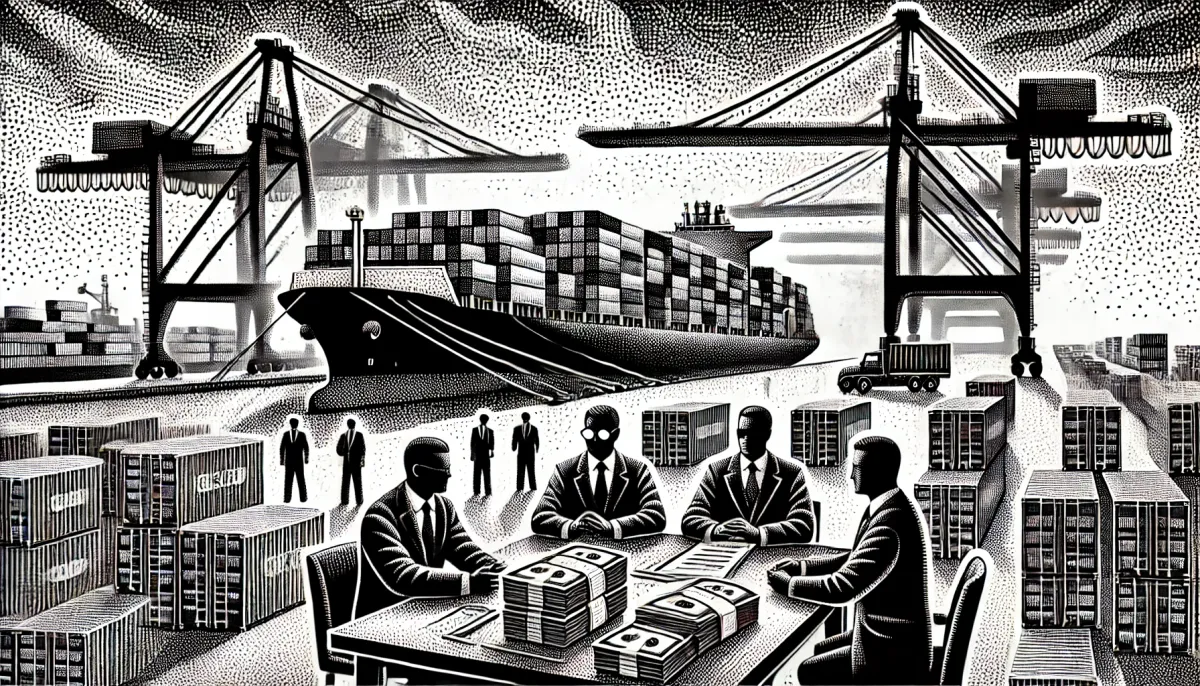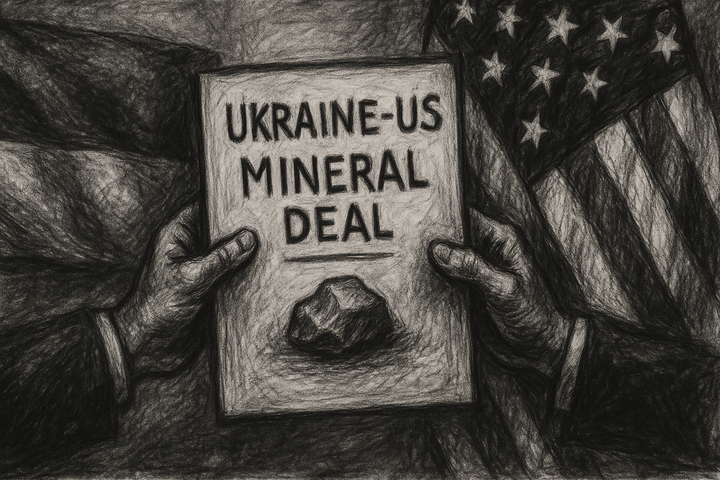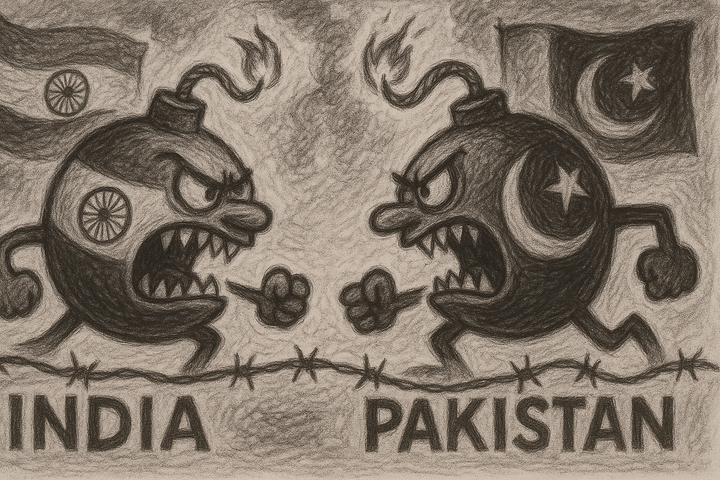Trump’s Tariff Tactics: Markets No Longer Flinch at the Negotiation Playbook

Donald Trump’s approach to tariffs has remained consistent with his broader economic strategy: using them as a negotiating tool rather than a long-term fiscal policy. As markets digest his latest reciprocal tariff proposals, one thing is clear—investors are no longer panicking like they did in 2018. Instead, they recognize this as part of Trump’s deal-making process rather than a permanent economic shift.
A Quick Recap: The Trump Tariff Timeline
- January 31, 2025 – Trump threatens a 25% tariff on Canadian and Mexican imports, sparking fears of supply chain disruptions.
- February 4, 2025 – The tariff deadline is paused for 30 days as Canada and Mexico agree to bolster border security and fight drug trafficking.
- February 10, 2025 – Trump reinstates 25% tariffs on steel and aluminum, causing concerns for industries dependent on foreign metal, including auto and construction.
- February 12, 2025 – Trump announces reciprocal tariffs, meaning any country placing high duties on U.S. goods will face the same in return.
- February 13, 2025 (Today) – Markets react calmly, as investors recognize that Trump’s tariffs are a bargaining tool, not an economic doctrine.
Markets Are No Longer as Reactive
Despite this morning’s confirmation that reciprocal tariffs are moving forward, the Nasdaq, S&P 500, and Dow remain stable. Compare this to the panic-driven volatility of Trump’s 2018-2019 trade war, and it’s clear that investors are treating these moves as temporary leverage rather than a structural shift in U.S. trade policy.
- The PPI (Producer Price Index) rose 0.4% in January, slightly above expectations, yet markets aren’t pricing in major inflation risks from tariffs.
- Big tech and auto manufacturers—two sectors that suffered from previous tariff escalations—are moving ahead with contingency plans rather than reacting impulsively.
The Bigger Picture: Budget Cuts & Tax Breaks
Trump campaigned on cutting costs and funding tax breaks. His tariff strategy aligns perfectly:
- Short-Term Revenue: Tariff income fills budget gaps, allowing future tax relief.
- Temporary Pressure: Tariffs are a way to force countries into new trade agreements, not long-term fiscal policies.
- Negotiation Over Doctrine: Unlike traditional protectionism, Trump’s tariffs are about leverage, not industrial policy.
The Criticism: Are Tariffs Just a Draconian Tactic?
Although Trump’s strategy has been effective in past negotiations, many economists and global diplomats argue that tariffs are a draconian bully tactic that, if fully implemented, would ultimately be paid for by the American consumer. Higher import costs would drive up prices on everyday goods, essentially functioning as a tax on U.S. households. The long-term risks? Weakened international relations and a less predictable business climate.
What Do You Think?
Are tariffs a smart leverage tool in negotiations, or are they a short-sighted policy that risks hurting the U.S. economy in the long run? Do you think Trump will follow through, or is this all part of a broader "Art of the Deal" strategy that will ultimately lead to lower tariffs once concessions are made?




Comments ()